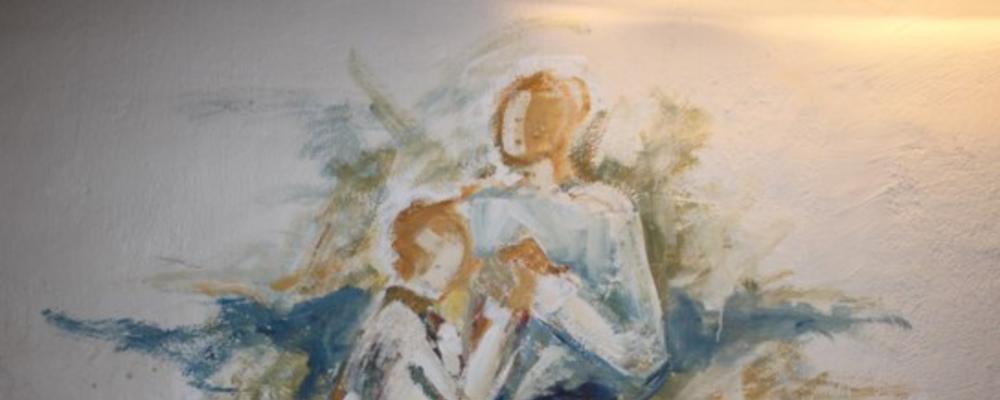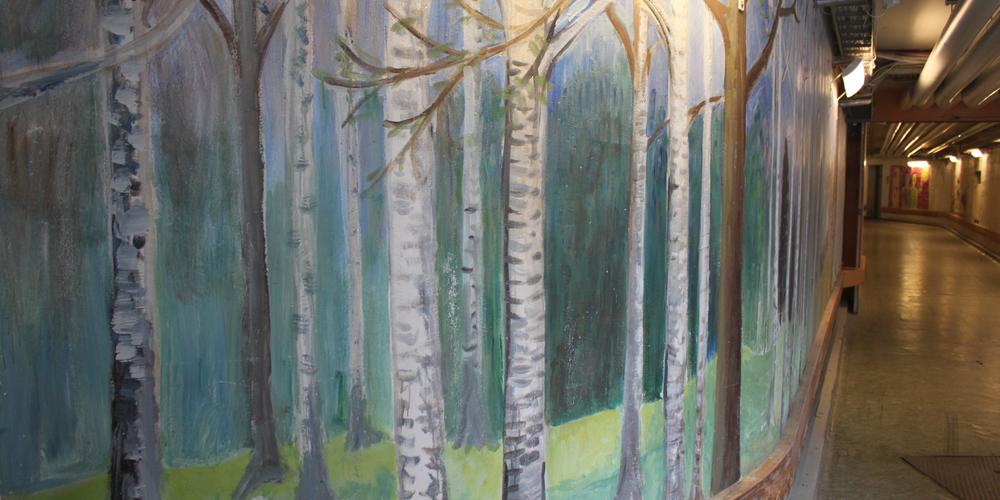
- Home
- News and events
- Find news
- Inclusion, wellbeing and heritage
Inclusion, wellbeing and heritage
Elisabeth Punzi work with heritage from below and patient’s artistic expressions to broaden narratives.
In several projects Elisabeth Punzi, psychologist and researcher, Centre for Critical Heritage Studies and the Department of Social Work, University of Gothenburg, have highlighted art in different forms as part of psychiatric treatment and psychiatry’s heritage.
Elisabeth Punzi is currently working with an upcoming event on literature and art as forms of heritage that are important for wellbeing, together with Anita Synnestvedt, archeologist, researcher and coordinator of the Heritage Academy.
Publication on heritage places and wellbeing
Elisabeth Punzi is also one of the editors of the Brill publication “Negotiating Institutional Heritage and Wellbeing”. The book deals with places as inscribed with cultural meaning and especially in terms of collective constructions of identity. Heritage places can be factors in the promotion of a group’s wellbeing.
She also contributes with a chapter that concerns the heritage of artistic expression in psychiatric inpatient care. Former mental health institution Lillhagen hospital in Gothenburg, Sweden and the artistic activities that took place there are presented. These artistic activities are currently revived in an art studio at Sahlgrenska hospital, a psychiatric inpatient unit in Gothenburg, where an art studio has been established in an abandoned room in the basement. Two days a week, patients are invited to paint together with an established visual artist. The patients are encouraged to use the art studio, co-create it, and leave traces. The studio invites them to create, play and to trust the artistic process. Thereby the art studio provides alternatives to current tendencies toward reductionism and standardized interventions in psychiatric care and revives the heritage of integrating art in psychiatry.

– This is important since it shows us that we have much to learn from the history of psychiatry, and we need to understand that former patients carry an important heritage, says Elisabeth Punzi. This is a material heritage, for example in the form of artistic works, but there is also an immaterial heritage, in the form of narratives. The voices of patients and their artistic expressions and objects should be central to remembrance and strivings for humanistic approaches, currently and in the future.
Elisabeth cooperates with Christoph Singer who is a professor of cultural studies at Innsbruck University and Cornelia Wächter, professor of cultural studies at Dresden University of Technology. They will continue their work with the heritage of psychiatry through focusing on literature and poetry and on narratives about the heritage of psychiatry, from former inmates as well as from the deinstitutionalized buildings and the persons who worked there.

